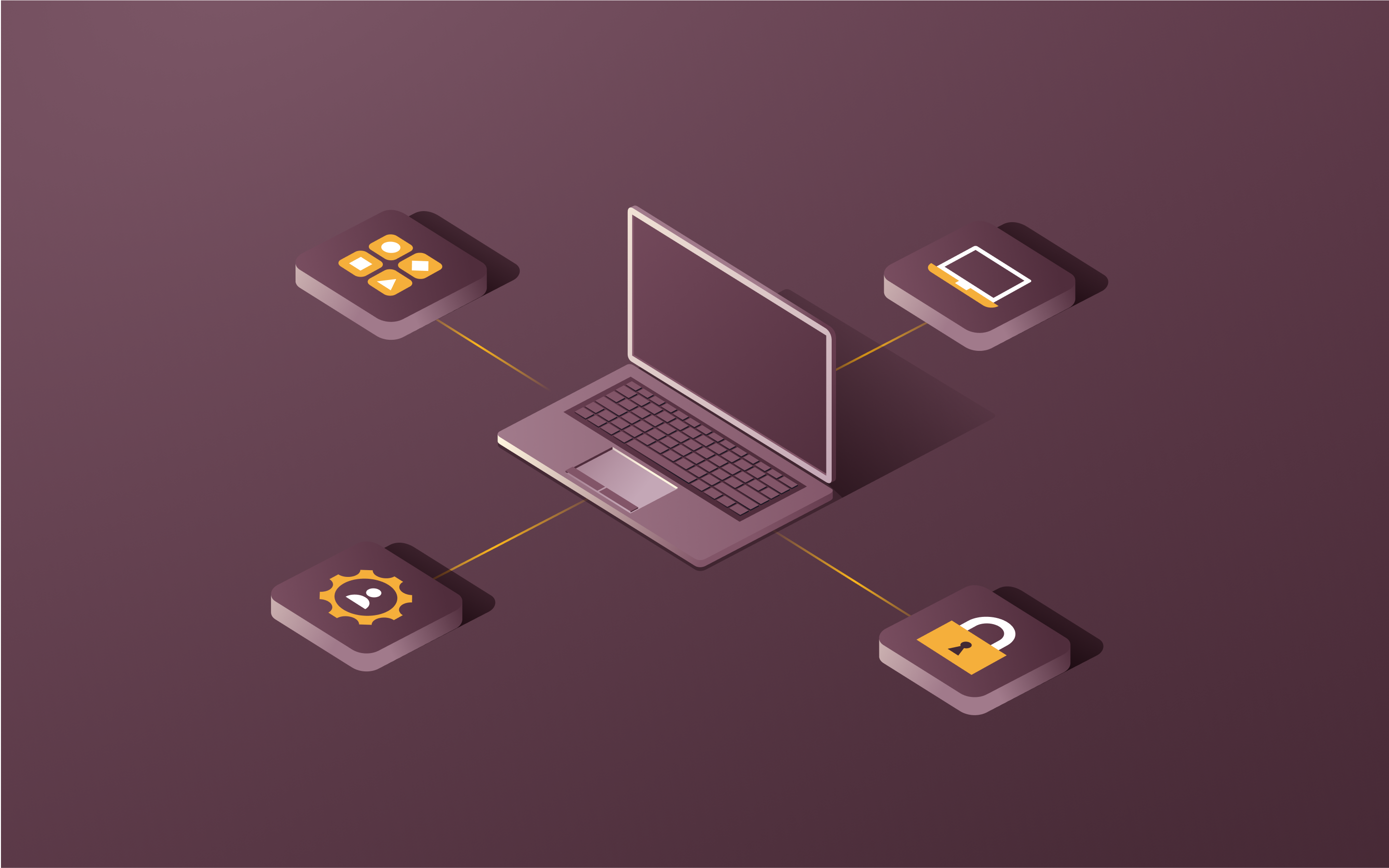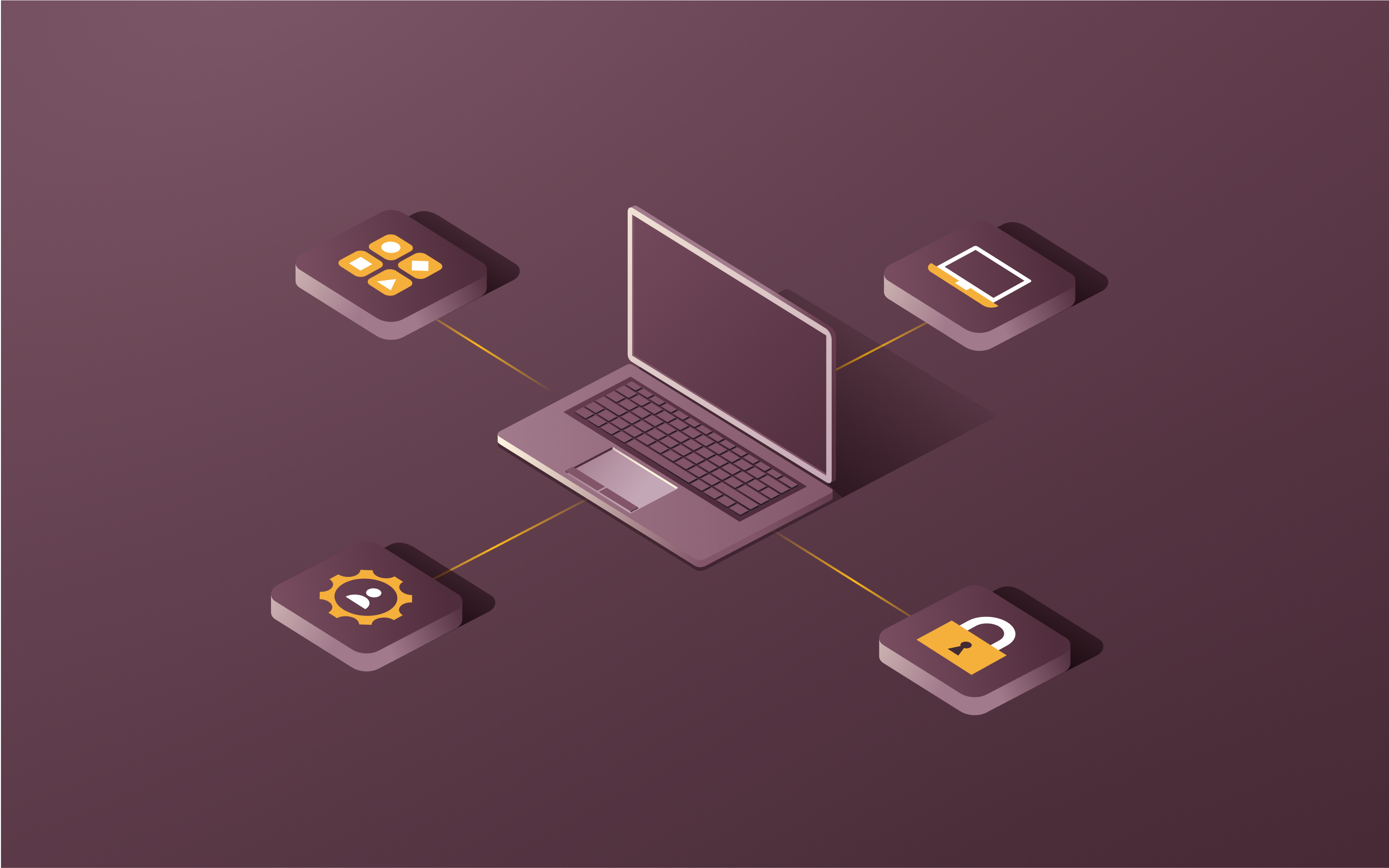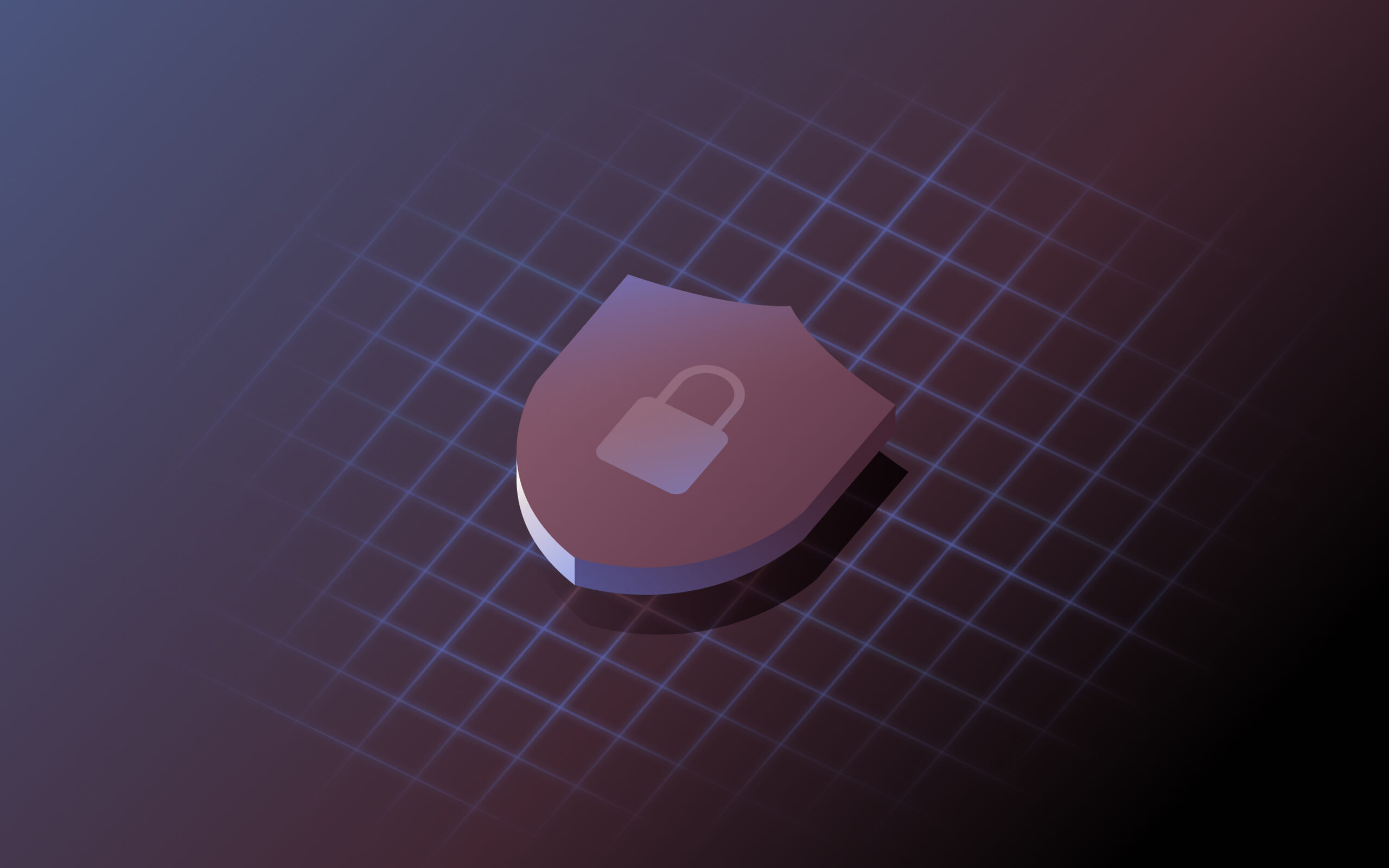SOC 2 Type 2: What sets it apart from other SOC frameworks
Key Takeaways
- SOC 2 Type 2 is a comprehensive report that assesses an organization's internal controls related to Security, Availability, Processing Integrity, Confidentiality, and Privacy.
- SOC 2 Type 2 differs from SOC 2 Type 1 by not only assessing the design of controls but also testing their operating effectiveness over a period of time, typically six to twelve months.
- The cost of a SOC 2 Type 2 audit varies based on factors like organization size and complexity, scope of services, and choice of auditor, with average costs ranging from $20,000 to $100,000.
In a world where data is the new gold, safeguarding it has become a top priority for businesses across the globe. As organizations increasingly rely on cloud-based services to store and manage sensitive information, the threat of cyber attacks looms large.
The numbers paint a grim picture. In 2023, over 80% of data breaches involved cloud-stored data, with over 360 million people impacted globally in the first eight months alone. Data breaches in the US reached an all-time high, and organizations worldwide, particularly in the UK, Australia, and Canada, were heavily targeted by cybercriminals. The stakes are high, and the consequences of a data breach can be devastating, not only for the companies involved but also for the millions of individuals whose personal information is compromised.
In the face of these alarming statistics, businesses are scrambling to find ways to demonstrate their commitment to data security and privacy. This is where SOC 2 Type 2 comes into play.
Among the various types of SOC reports, SOC 2 Type 2 has emerged as the gold standard for security compliance. This rigorous framework goes beyond the basics, ensuring that service organizations have not only implemented the necessary controls but also that these controls are operating effectively over time.
Let’s dive deep into what makes SOC 2 Type 2 unique, why it matters, and how it compares to other System and Organization Controls (SOC) frameworks. Read on to learn more.
What is SOC 2 Type 2?
SOC 2 Type 2 is a comprehensive report that assesses an organization's controls related to Security, Availability, Processing Integrity, Confidentiality, and Privacy. These five Trust Service Criteria (TSC) which were developed by the American Institute of Certified Public Accountants (AICPA) form the foundation of the SOC 2 framework, ensuring that service providers have implemented and are operating effective controls to protect customer data.
Let’s briefly explore each principle:
- Security: This criterion focuses on the protection of system resources against unauthorized access, both physical and logical. It includes measures such as access controls, network security, and intrusion detection.
- Availability: This criterion focuses on ensuring the system, products, or services are accessible as outlined in the contract or service level agreement (SLA). It includes performance monitoring, disaster recovery, and incident handling.
- Processing Integrity: This category ensures that system processing is complete, accurate, timely, and authorized. It includes data processing, monitoring, and quality assurance.
- Confidentiality: This criterion focuses on the protection of confidential information throughout its lifecycle, including collection, use, retention, disclosure, and destruction. It includes encryption and confidentiality agreements.
- Privacy: This criterion examines how the system collects, uses, retains, discloses, and disposes of personal information, ensuring compliance with the organization's privacy notice and relevant laws and regulations like HIPAA, GDPR, and PCI DSS. It includes consent management, data subject rights, and privacy impact assessments.
How SOC 2 Type 2 differs from SOC 2 Type 1
Within SOC 2, there are two types of reports: Type 1 and Type 2. A SOC 2 Type 1 report assesses the suitability of the design of a service organization's controls at a specific point in time. It provides assurance that the controls are suitably designed to meet the relevant trust service principles. However, it does not test the operating effectiveness of those controls.
A SOC 2 Type 2 report, on the other hand, not only looks at the design of controls but also tests their operating effectiveness over a period of time, typically six to twelve months. This is what sets SOC 2 Type 2 apart. It provides a higher level of attestation by demonstrating that the controls are not only designed appropriately but also functioning effectively over an extended period.
Why is a SOC 2 Type 2 report important?
A SOC 2 Type 2 report offers numerous benefits to organizations and their stakeholders. They include:
Improved security posture
Achieving SOC 2 Type 2 compliance requires service organizations to implement a robust security program that covers all aspects of data protection. By going through the SOC 2 Type 2 audit process, organizations are forced to take a hard look at their security practices and identify areas for improvement.
The external validation provided by the CPA auditor helps to ensure that the controls are not only designed appropriately but also operating effectively. Consequently, compliant organizations improve their cybersecurity posture, reducing the risk of data breaches and failures.
Competitive advantage
SOC 2 Type 2 compliance differentiates service organizations in today's crowded market, especially when winning new business. Many enterprise customers require service providers to have a SOC 2 Type 2 report for vendor risk management.
The report demonstrates a commitment to data security and necessary controls, giving a significant advantage in competitive situations where multiple service providers are vying for the same business. All else being equal, a customer is more likely to choose a provider that strongly commits to security and compliance.
Increased customer trust
At the end of the day, trust is the foundation of any successful business relationship. Customers need confidence that their sensitive data is secure when entrusting it to a service provider.
SOC 2 Type 2 compliance builds trust by demonstrating a commitment to security through regular audits. This assurance is especially important for companies in heavily regulated industries like healthcare or financial services, where data security is paramount.
Differences between SOC 1, SOC 2, and SOC 3 reports
While SOC 2 is the focus of this article, it’s essential to understand how it differs from other SOC reports:
- SOC 1: A SOC 1 report focuses on controls relevant to financial reporting. It is primarily intended for service organizations that provide services that impact their clients' financial statements, such as payroll processing or data hosting. SOC 1 reports are designed to provide assurance to auditors of the user entities' financial statements.
- SOC 2: As discussed earlier, a SOC 2 report focuses on controls related to Security, Availability, Processing Integrity, Confidentiality, and Privacy. It’s relevant for service organizations that store, process, or transmit sensitive data on behalf of their clients. SOC 2 Type 2 reports are designed to provide assurance to the service organization's management, clients, and other stakeholders.
- SOC 3: A SOC 3 report covers the same trust service criteria as a SOC 2 report but provides a less detailed, high-level overview of the service organization's controls. SOC 3 reports are designed for general use and can be freely distributed, making them suitable for marketing purposes or sharing with a broader audience. For example, you can view our SOC 3 report here.
What does a SOC 2 Type 2 report contain?
Let's take a closer look at what goes into a typical SOC 2 Type 2 report:
- Description of the service organization's system: This section provides a detailed description of the service organization's system, including the services provided, the boundaries of the system, and the components of the system (infrastructure, software, people, procedures, and data).
- Management's assertion: This section includes a statement from the service organization's management asserting that the description of the system is fairly presented, the controls are suitably designed, and they operated effectively throughout the specified period.
- Description of the tests performed and results: This section outlines the tests performed by the auditor to assess the operating effectiveness of the controls and the results of those tests. It includes a description of the testing procedures, the period covered by the tests, and any exceptions or deviations identified.
- Auditor's opinion: The auditor's opinion expresses whether the service organization's controls were suitably designed and operating effectively throughout the specified period to meet the applicable Trust Service Criteria. The opinion can be unqualified (clean report), qualified (report with exceptions), or adverse (unfavorable report), depending on the results of the audit.
SOC 2 audit process and compliance checklist
This section explores the SOC 2 audit process and what you can do to prepare for a successful SOC 2 Type 2 audit. The audit process typically involves the following steps:
- Define the scope: The service organization defines the scope of the audit, including the Trust Service Criteria to be covered, the system boundaries, and the period to be audited.
- Assess readiness: The service organization conducts a self-assessment or engages a third-party consultant to evaluate its current controls and identify gaps against the SOC 2 requirements.
- Remediate: Based on the readiness assessment, the service organization addresses any identified gaps and implements necessary controls to meet the SOC 2 requirements.
- Audit fieldwork: The auditor or licensed CPA firm performs testing of the controls, interviews personnel, reviews documentation, and gathers evidence to support their opinion.
- Prepare the report: The auditor prepares the SOC 2 Type 2 report, which includes the service auditor's opinion, management's assertion, system description, tests of controls and results, and other relevant information.
To prepare for a SOC 2 Type 2 audit, companies should develop a compliance checklist that covers the key elements of the SOC 2 controls, such as:
- Access controls
- Network security
- Incident management
- Change management
- Third-party vendor management
- Data encryption
- Backup and recovery
- Employee training and awareness
A compliance checklist helps ensure that all necessary controls are in place and that the company is well-prepared for the audit. It also serves as a valuable tool for ongoing compliance efforts, allowing companies to regularly assess their controls and make improvements as needed.
How much does a SOC 2 Type 2 audit cost?
On average, companies can expect to pay anywhere from $20,000 to $50,000 for a SOC 2 Type 2 audit. However, for large organizations with more intricate systems and processes, the cost can get up to $100,000. In some cases, larger enterprises with extremely complex IT environments may face costs exceeding $100,000 due to the extensive scope and effort required for their audits. It's important to keep in mind that these figures are general estimates, and actual costs may differ substantially based on the unique circumstances of each organization.
The cost of getting a SOC 2 Type 2 report can vary quite a bit depending on a few key factors:
- Size and complexity of the organization: Larger companies with more complex systems and processes typically require more extensive testing, which means higher audit costs.
- Scope of services: The number of trust principles included in the audit scope can impact the cost. A more comprehensive audit covering all five criteria will be more expensive than an audit focusing on a subset of criteria.
- Choice of auditor: The fees charged by auditors can vary based on their experience, reputation, and market positioning. Well-established, large audit firms may charge higher fees compared to smaller, regional firms.
- Compliance approach: Companies can choose between different approaches to achieve SOC 2 compliance, such as engaging consultants or using compliance automation software.
You might also have to account for the internal resources and time invested by employees to prepare for and support the audit process. Additional factors like the number of employees, the complexity of the IT environment, and the level of compliance readiness can all impact the overall cost of achieving SOC 2 Type 2 compliance.
How Rippling can help with compliance
Rippling's workforce management platform is designed to simplify the SOC 2 compliance process for companies by automating many of the required security controls and streamlining evidence collection. By using Rippling as a centralized system of record for employee data, companies can easily demonstrate adherence to critical security controls, such as automatically disabling former employees' access to applications and devices upon termination. Rippling's reporting capabilities make it easy to quickly gather the information auditors need, like up-to-date hardware and software inventories, patch status, and account creation/deletion dates.
In addition, Rippling enforces and documents other key SOC 2 requirements out-of-the-box, including background checks during hiring, strong password policies, multi-factor authentication, and secure single sign-on for third-party apps. By leveraging these built-in controls, companies can save significant time and resources compared to implementing ad-hoc processes.
Frequently asked questions
Who can benefit from SOC 2 compliance?
SOC 2 compliance is relevant for service organizations that store, process, or transmit sensitive data on behalf of their clients. This includes cloud service providers, SaaS and cloud computing vendors, data centers, and any other organization that handles client data. SOC 2 compliance is often required by enterprise clients as part of their vendor risk assessment process.
What is the difference between ISO 27001 and SOC 2 Type 2?
ISO 27001 is an international standard that specifies the requirements for an information security management system (ISMS). It focuses on the organization's overall security management practices and is not specific to service organizations. SOC 2 Type 2, on the other hand, is a reporting framework specifically designed for service organizations and focuses on defined controls. While there is some overlap between the two frameworks, SOC 2 Type 2 is more relevant for service organizations looking to provide assurance to their clients.
How long is a SOC 2 Type 2 report valid?
A SOC 2 Type 2 audit report is typically valid for a period of 12 months from the date of the report. To maintain compliance and assess your security posture annually, it is recommended to conduct a SOC 2 audit every year.
Schedule a demo with Rippling today
Disclaimer: Rippling and its affiliates do not provide tax, accounting, or legal advice. This material has been prepared for informational purposes only, and is not intended to provide or be relied on for tax, accounting, or legal advice. You should consult your own tax, accounting, and legal advisors before engaging in any related activities or transactions.










